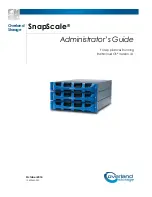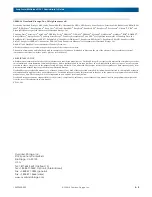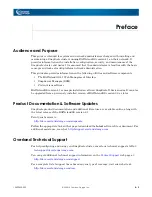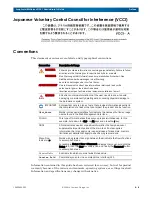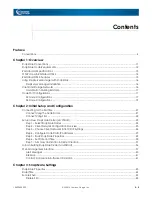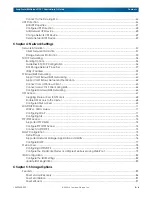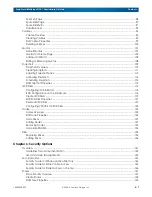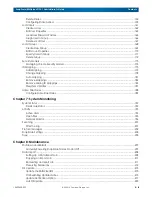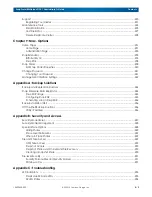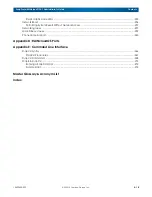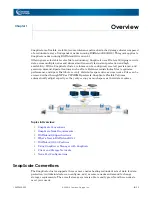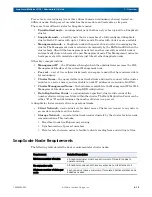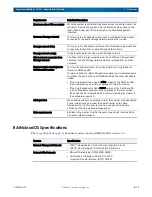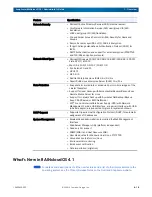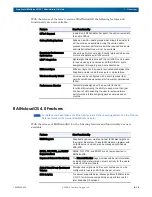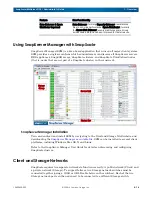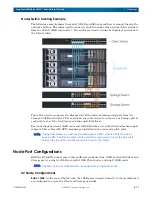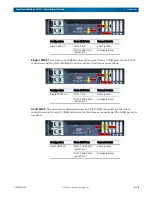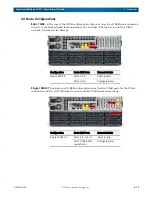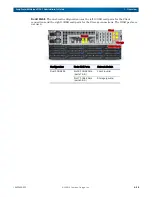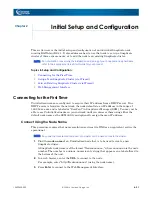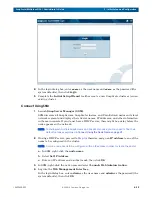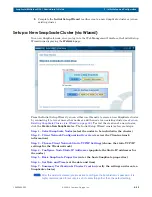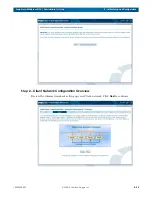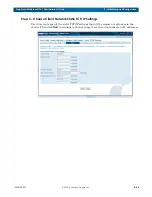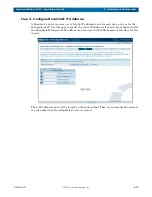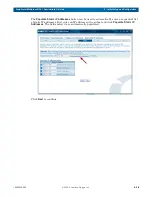
10400455-002
©2008-14 Overland Storage, Inc.
13
SnapScale/RAINcloudOS 4.1 Administrator’s Guide
1 - Overview
RAINcloudOS Specifications
These specifications apply to SnapScale nodes running RAINcloudOS version 4.1:
Maximum size of file on cluster
While the system reports total free space across the entire cluster, the
maximum file size at any given time is dictated by free space on the
least-utilized peer set. This is reported in the Web Management
Interface.
Common Storage network
To form or join a SnapScale cluster, each Uninitialized node must be
connected to the same Storage network as the other nodes.
Storage network links
To form or join a SnapScale cluster each Uninitialized node must have
connectivity (active link) on both Storage network ports.
Storage network usage
Only a single cluster can use a given Storage network.
Client network separate from
Storage network
The Client and Storage networks must be on different (independent)
networks, and the Storage network must be isolated from all other
networks.
Nodes must be running same
RAINcloudOS version
To form a SnapScale cluster, all nodes must be running the same
version of RAINcloudOS.
To join an already configured SnapScale cluster, an Uninitialized node
must have the same version of RAINcloudOS as the other SnapScale
nodes:
• If the Uninitialized node has an older version of the RAINcloudOS,
the Uninitialized node must be upgraded to the later version.
• If the Uninitialized node has a newer version of the RAINcloudOS,
then all SnapScale nodes must be upgraded to the later version.
(The node can be reinstalled with a version matching the cluster if
the hardware supports it.)
Adding nodes
When adding nodes to an existing cluster, the number of nodes added
at one time should be at least the same number as the Data
Replication Count. This ensures the new nodes and cluster are
efficiently utilizing increased storage space.
Disk requirements
All disks in the cluster must be the same type of disk (such as SAS)
and same rotational speed.
Requirement
Detailed Description
Feature
Specification
Network Transport Protocols
• TCP/IP (Transmission Control Protocol/Internet Protocol)
• UDP/IP (User Datagram Protocol/Internet Protocol)
Network File Protocols
• Microsoft Networking (CIFS/SMB1/SMB2)
• Unix Network Filesystem (NFS) 2.0/3.0/4.0
Hypertext Transfer Protocol (HTTP/HTTPS)

